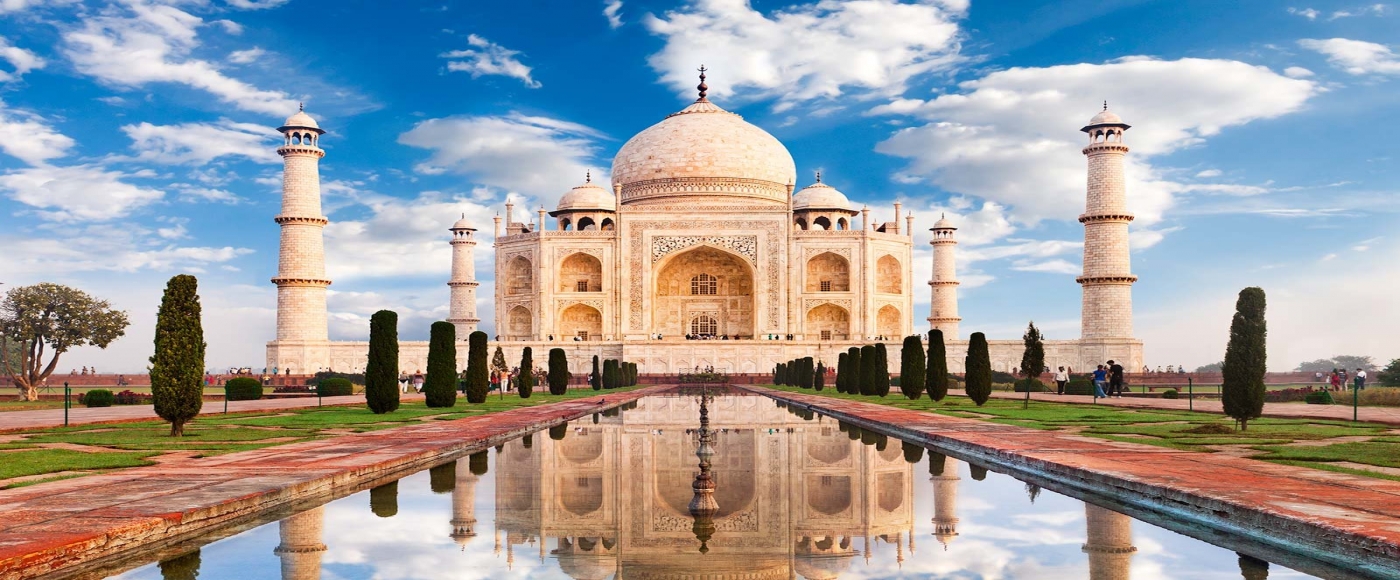THE LOTUS VILLAGE
Lotus village Vietnam is a culture - commercial - tourist city in the future, an ecotourism destination and also a stopover for the visitors who want to have more experience in Vietnamese culture.
The Lotus village Vietnam with the area of over 50 hectares invested by Phuc Khang Corporation in Duc Hoa district, Long An province. At the hands of architect Vo Trong Nghia, one of 10 typical architects of 2012 voted Architectural Record Architectural Magazine, Lotus village Vietnam is not only a place to live but also a place that they find the cultural values and traditions of Vietnamese people seemingly forgotten in modern times.
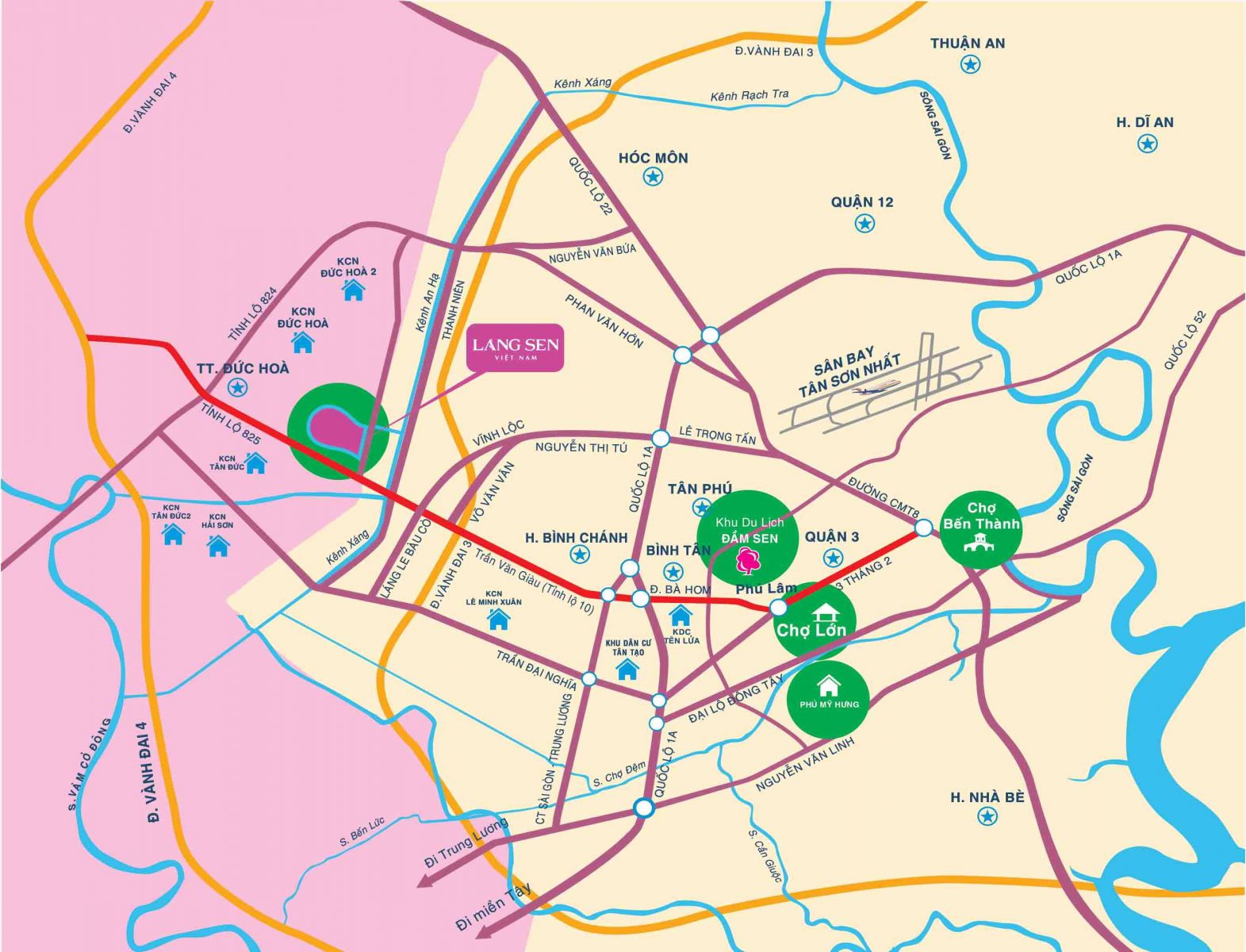
The location of The Lotus village Vietnam (source: Internet)
The inhabitants of "Vietnam Minority" will have a peaceful life, enjoy the fresh nature and green but equally bustling with the Cuu Long - Red River Trade Zone for those who like to trade selling business; living along famous commercial streets such as Hanoi Old Quarter, Hoi An Ancient Town; Nam Bo trade area is prominent with open space of boats, floating villages and coconut trees interlaced.

The Lotus village Vietnam (source: Internet)
If you look at the whole from above, the Lotus Village project is like the face of Dong Son drum with exquisite patterns or can be imagined as a lotus leaf that is full of vitality.
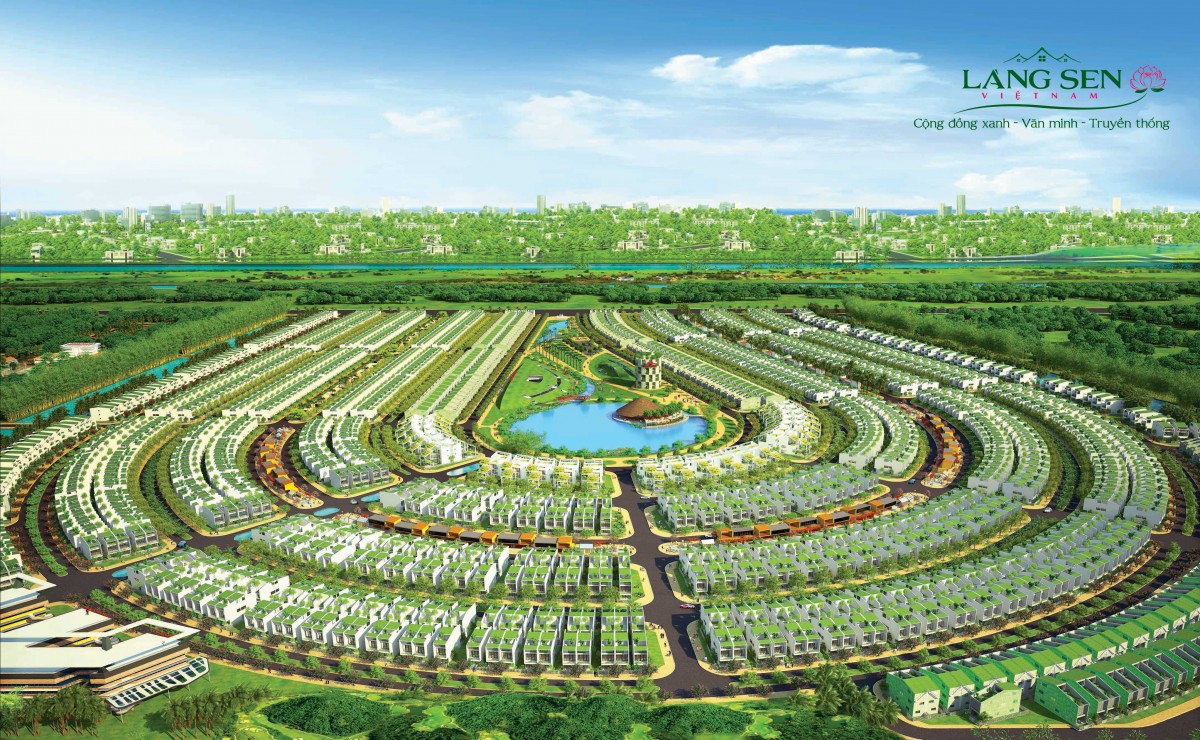
Overview of the project (source: Internet)
The streets are well planned, modern. Each location here has its own value, the rows of houses here are adjacent to trees or canals, with beautiful location (without the main entrance fork in the project).
In addition, the project of Lotus Village in Vietnam is adjacent to well-planned new urban areas such as Sing Viet (300 ha), Happy Land (338 ha), Tan Tao International University 100 ha), Tan Duc E-city area (348 ha). Just about 30 minutes from Saigon, with the connection of Tran Van Giau, the location is so convenient for you to own a permanent mental value.
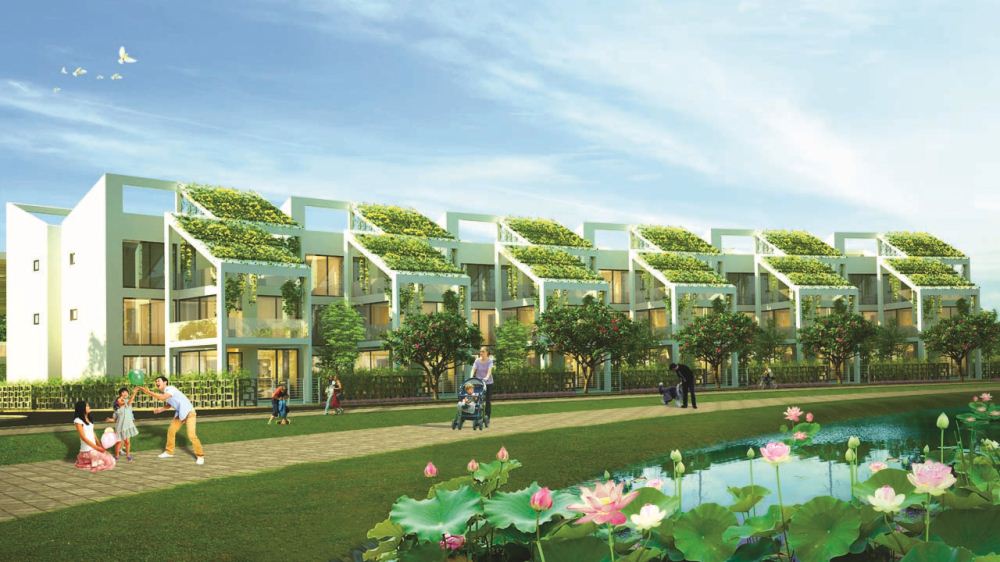
The Lotus village Vietnam (source: Internet)

The public area (source: Internet)

The public area (source: Internet)
Others:
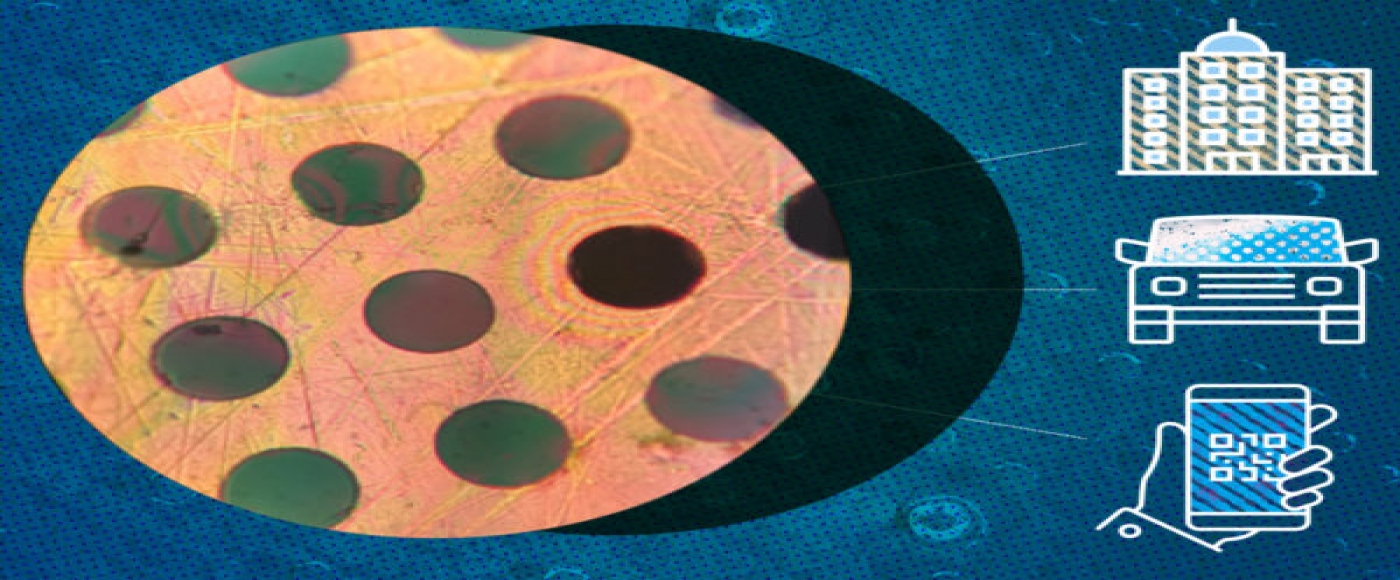
AN ‘IMPOSSIBLE’ 2D MATERIAL STRONGER THAN STEEL
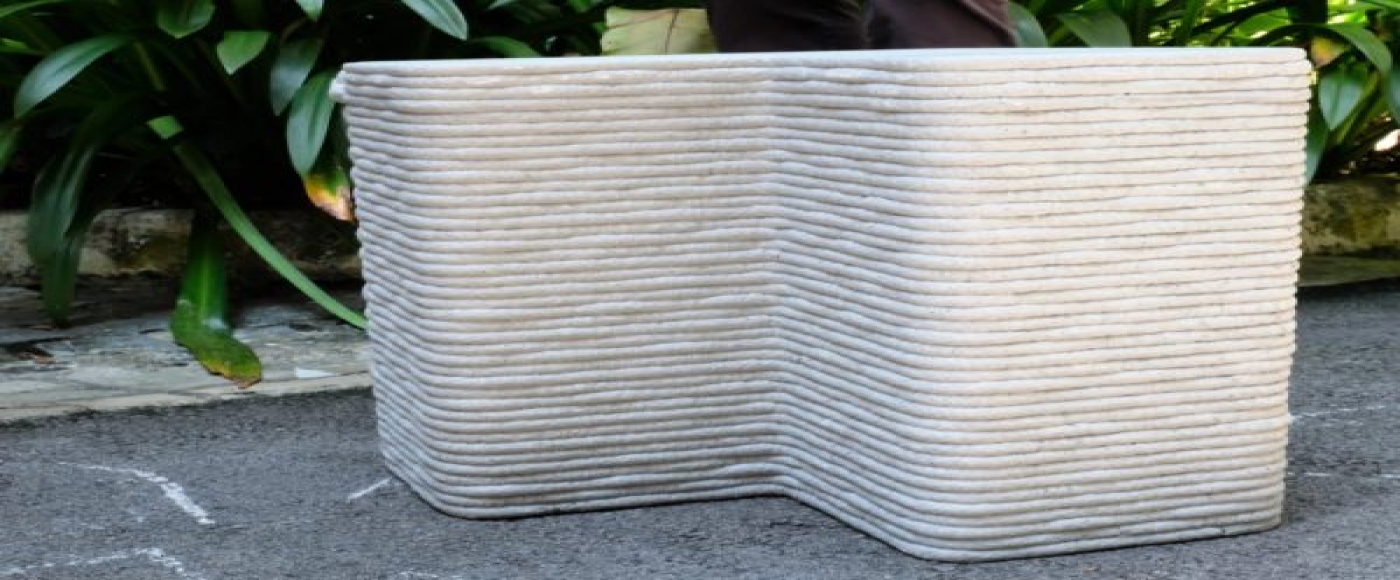
REPLACING SAND WITH GLASS WASTE IN CONCRETE 3D PRINTING
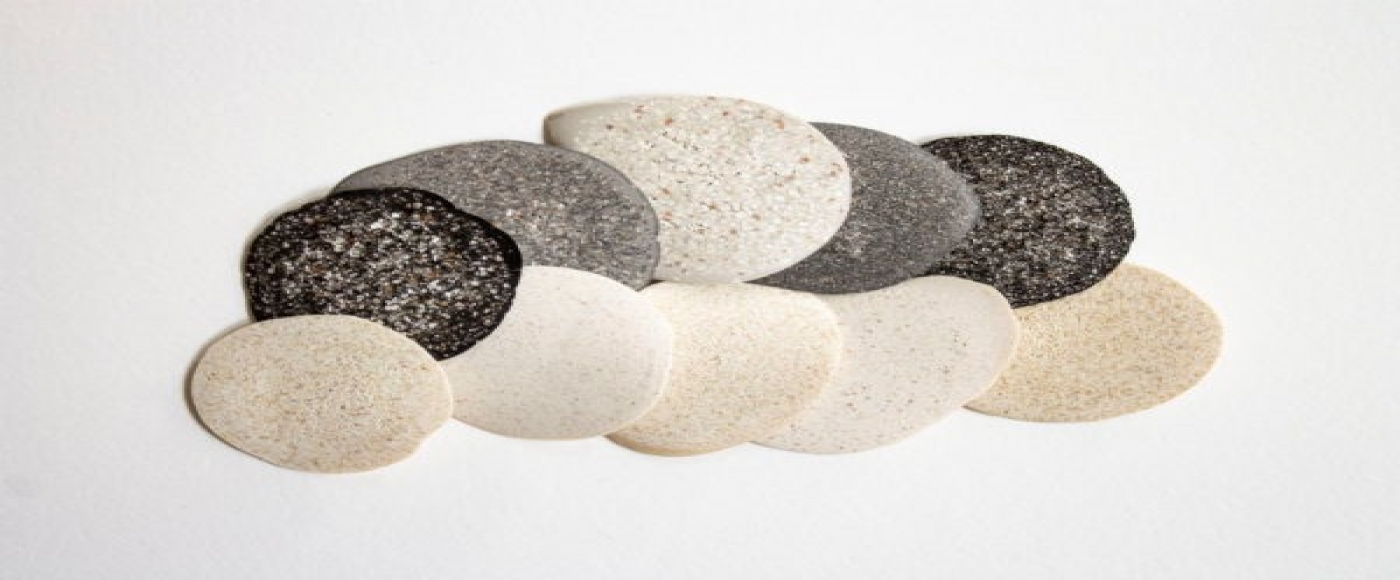
CERAMICS MADE OF EGGSHELLS
Vietnam’s Hospitality Real Estate – Time to rebuild

HoSkar Night - Networking Redefined
